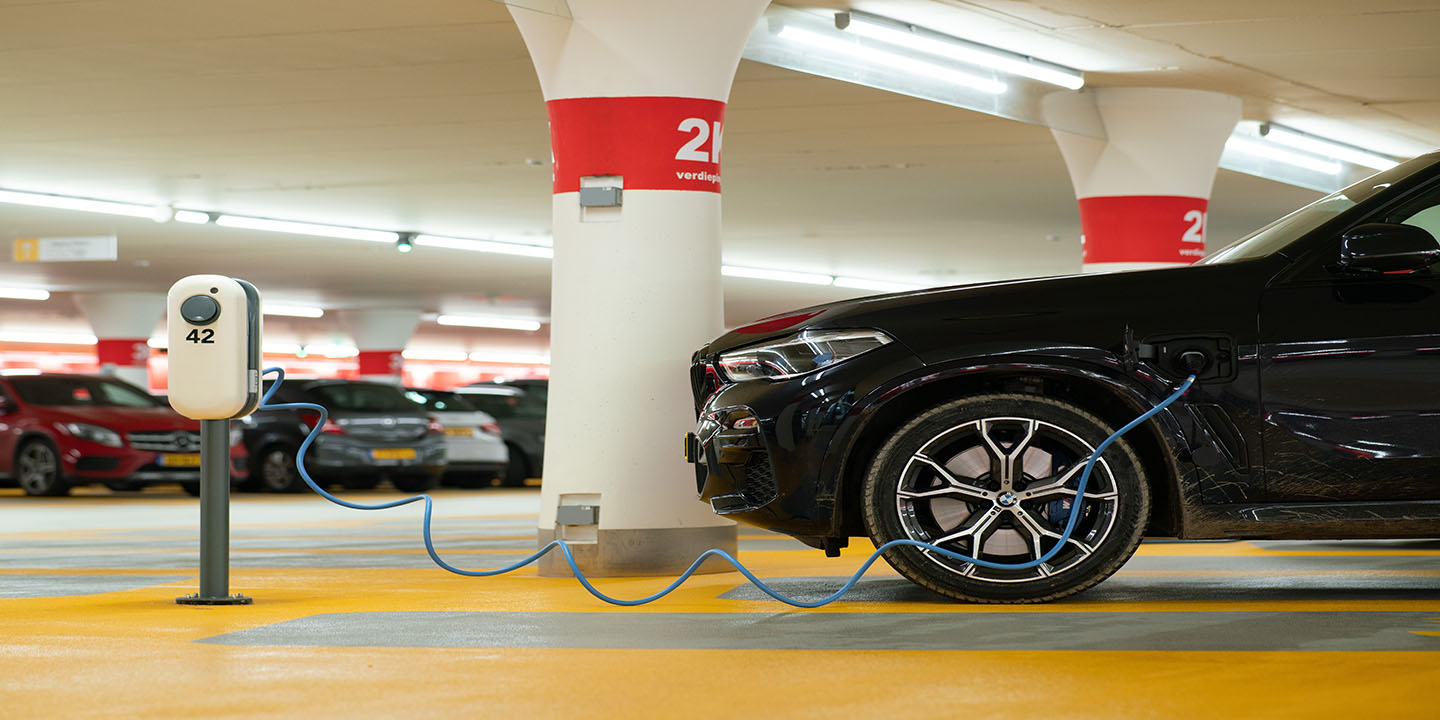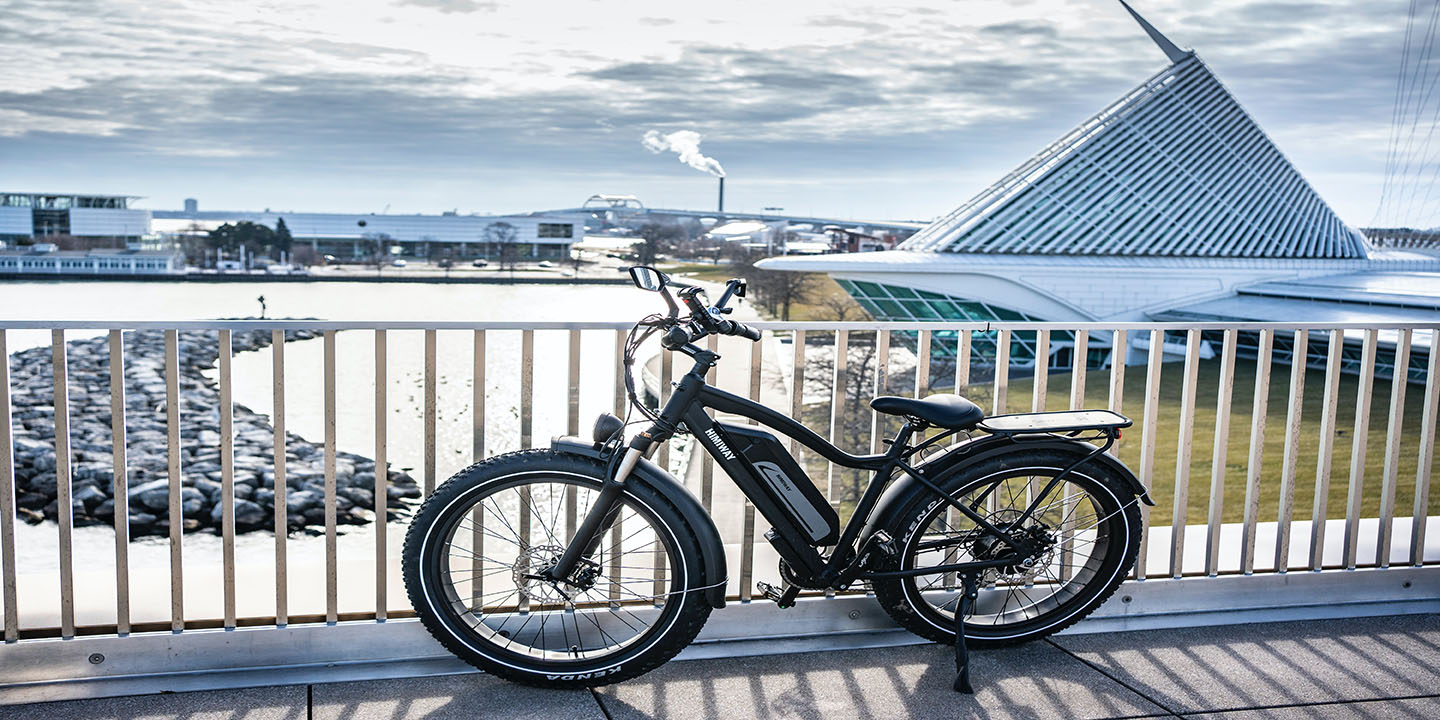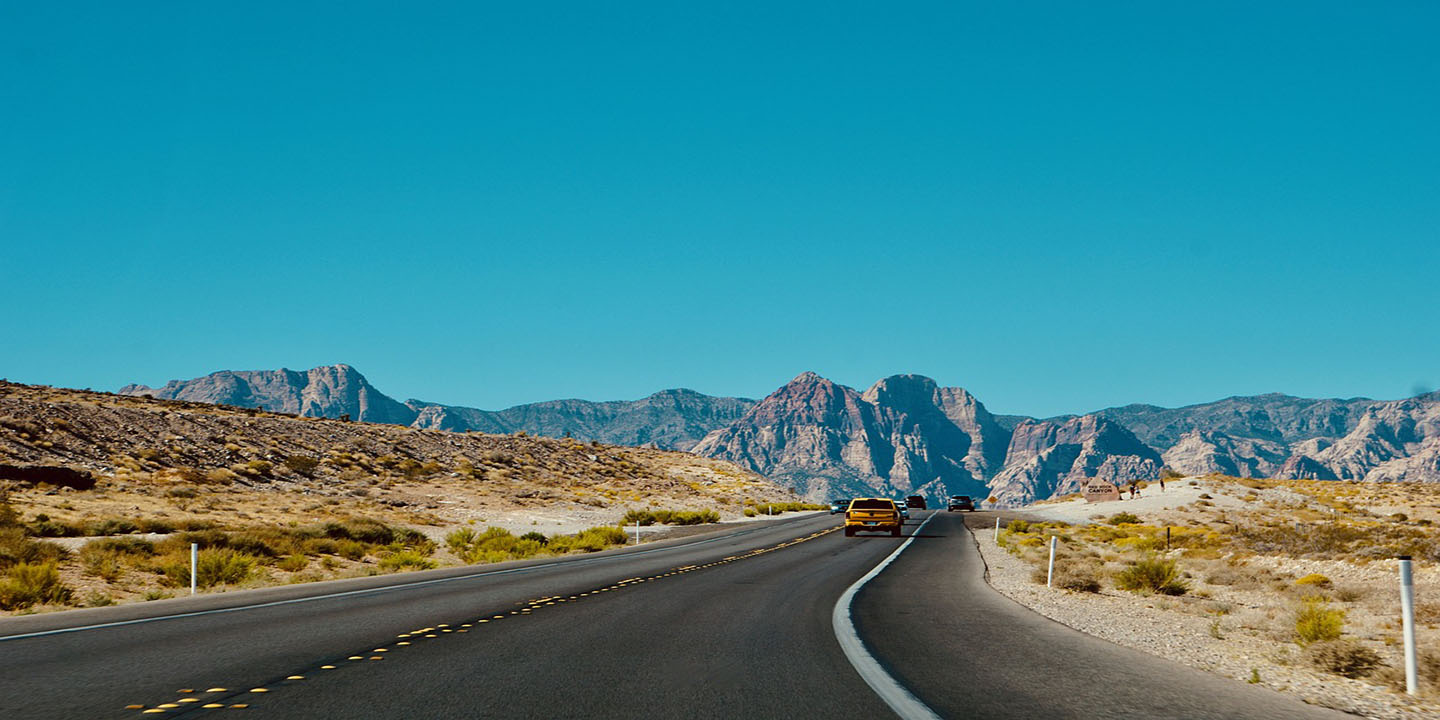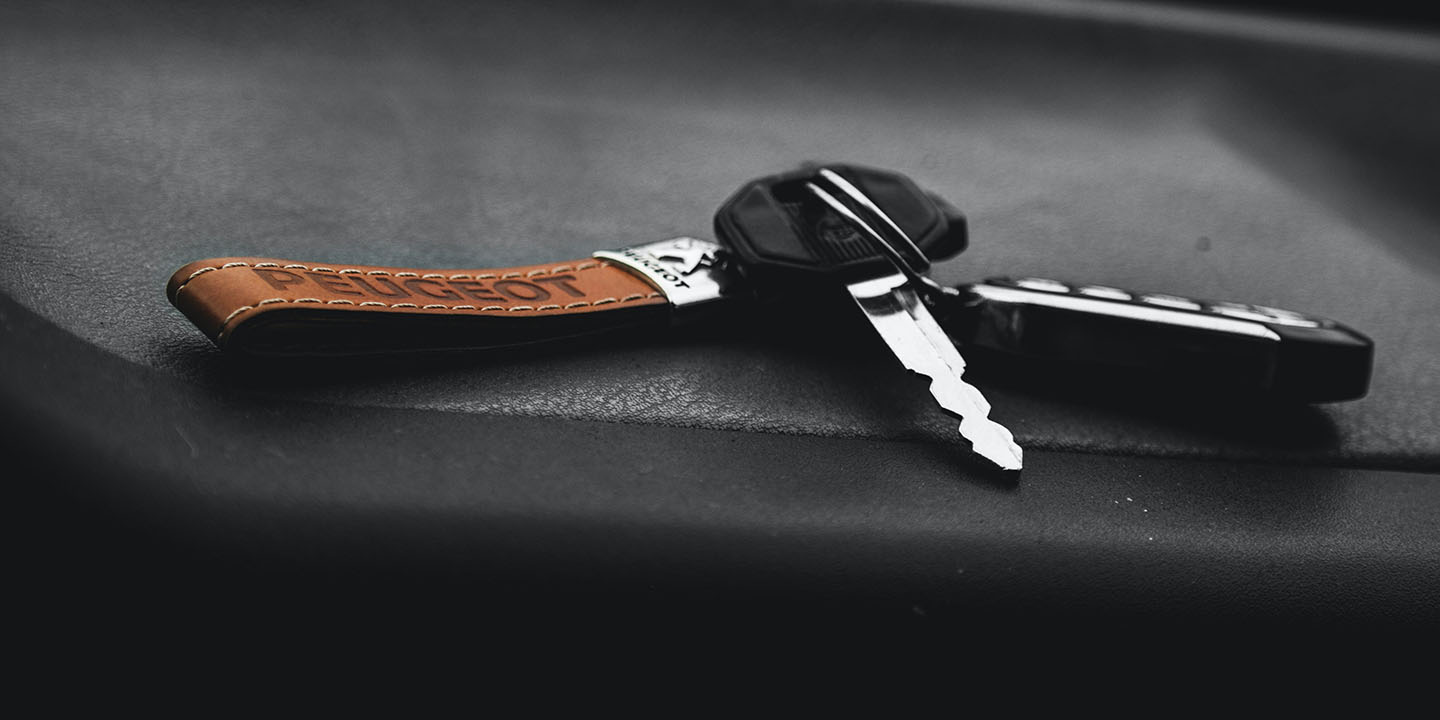Flashy Ideas With Flaws
The 70s and 80s were full of experimental car designs, but not all of them worked out. Unique shapes and strange styling ideas often missed the mark. These trends might have been exciting for their era, but today they can feel awkward or just plain old. Take a look at 20 design choices from those decades that left a lasting impression for all the wrong reasons.
1. Vinyl Roofs
Nothing said "luxury" in the 70s quite like a vinyl roof, especially in classic black or white against the car's paint. While these synthetic tops mimicked convertible style beautifully, their tendency to crack and trap moisture ultimately left many owners battling unsightly damage and sneaky rust problems.
2. Fake Wood Paneling
Once the ultimate symbol of wagon sophistication, fake wood paneling transformed family vehicles into prestigious cruisers throughout the 1970s and '80s. These vinyl and plastic accents, designed to create an upscale, homey appearance, now stand as relics of outdated automotive fashion.
 dave_7 from Lethbridge, Canada on Wikimedia
dave_7 from Lethbridge, Canada on Wikimedia
3. Oversized Chrome Bumpers
The sleek lines of pre-1970s cars gave way to a clunkier era when safety regulations demanded beefier protection, which led to massive chrome bumpers that jutted awkwardly from vehicle bodies. These weighty additions not only compromised fuel efficiency but turned the entire automotive aesthetic into something noticeably boxier.
4. Awkward Retractable Antennas
Cars from the 70s and 80s featured retractable antennas that promised sleek styling but created endless problems instead. The mechanisms jammed regularly, broke without warning, and delivered poor radio signals while racking up costly repair expenses for frustrated drivers.
5. Pop-Up Headlights
From a designer's perspective, pop-up headlights were automotive art, giving '70s and '80s sports cars their signature sleek profile. But reality hit hard when those stylish hideaways became mechanical headaches, with failed motors leaving lights stuck, and new pedestrian safety rules eventually sealed their fate.
6. Unnecessarily Long Hoods
Any engineer would question the logic behind those extravagant 1970s and '80s car hoods, which prioritized pure aesthetics over practical design. While these elongated fronts delivered that coveted presidential swagger, they actually compromised functionality by making basic parking and maneuvering unnecessarily difficult.
7. Excessive Hood Ornaments
Once the crown jewels of luxury automobiles, hood ornaments evolved from elaborate metal and plastic sculptures featuring brand logos and animals to spring-loaded designs aimed at preventing theft and injury. Their grand presence gradually diminished as pedestrian safety regulations reshaped automotive aesthetics.
8. Digital Dashboards With Poor Visibility
The 80s car buyer's appetite for futuristic features sparked a digital dashboard revolution, with automakers adding space-age displays and voice warnings to replace traditional gauges. But these high-tech screens often became unreadable in sunlight, leading some manufacturers, like DeLorean, to stick with reliable analog dials.
 Jeremy from Sydney, Australia on Wikimedia
Jeremy from Sydney, Australia on Wikimedia
9. Velour Upholstery
Step into a 70s or 80s car showroom and you'd find velour everywhere, with seats and door panels draped in this plush fabric that defined the era's automotive style. Available in attention-grabbing reds and blues, the soft upholstery promised luxury, though it rarely aged gracefully.
10. T-Tops That Leaked
Who wouldn't want the best of both worlds? The T-tops of the 70s and 80s promised exactly that—sports car thrills with open-air freedom, especially in icons like the Pontiac Trans Am. Too bad these removable roof panels turned every rainstorm into an unwanted indoor shower.
11. Two-Tone Paint Jobs
Back when bold was beautiful, two-tone paint jobs ruled the roads, with cars sporting audaciously clashing color combinations that turned heads everywhere. What seemed flashy and fashionable in the 70s and 80s gradually fell from grace, now surviving mainly in classic car restorations and custom builds.
12. Plastic Interior Trim
At first, car buyers in the 80s celebrated the lower prices that came with plastic interior trim replacing traditional wood and metal. But as their faux-wood and chrome-look surfaces started cracking and fading under sunlight, many owners discovered the true cost of those manufacturing savings.
13. Overly Complicated Climate Controls
Climate controls became engineering puzzles during the 80s with countless buttons, sliders, and confusing automatic modes. Drivers just wanted comfortable temperatures, but faced frustrating interfaces that required advanced degrees to operate. Simple heating and cooling turned into complex tasks with unreliable systems.
14. Tiny Side Mirrors
Today's drivers expect large, heated mirrors with power adjustment for optimal visibility, but cars from the 1970s and '80s told a different story. Those tiny side mirrors, requiring manual adjustments and lacking modern features, made spotting nearby vehicles tricky and turned parallel parking into quite an adventure.
15. Low-Quality Cassette Decks
The rise of in-car cassette decks in the 1980s promised a musical revolution, but reality hit a sour note. These standard-issue players, often cheaply manufactured, plagued drivers with mechanical jams, poor audio quality, and the familiar ritual of rescuing tangled tapes with pencils.
16. Fake Exhaust Tips
To give cars a sportier look, designers added oversized or stylized exhaust tips that didn’t actually connect to the exhaust system. These purely cosmetic pieces fooled no one and often looked awkwardly tacked on, especially when misaligned or poorly integrated.
17. Dashboard Ashtrays Everywhere
Like archaeological relics of a bygone era, those standard-issue dashboard ashtrays from the '70s and '80s cars tell quite a cultural story. With their built-in cigarette lighters and additional trays for every passenger, these ubiquitous features reveal just how deeply smoking was woven into everyday automotive life.
18. Rear Louvers
Mounted directly onto the rear glass, these plastic or metal window louvers brought serious sun-blocking functionality to daily drivers. The cooling benefits and race-inspired aesthetics made them a popular addition, even though the reduced visibility meant some drivers had to master the art of careful parking.
19. Clunky Steering Wheels
Before airbags became standard safety equipment, steering wheels from the 1970s and '80s were safety hazards waiting to happen. Their oversized diameters and thin, awkward rims not only compromised driver control but made these clunky wheels uncomfortable and less responsive during critical maneuvers.
20. Poor Aerodynamics
The boxy, blocky designs that dominated American cars in the 70s and early 80s were engineering nightmares when it came to wind resistance. These shapes created excessive drag that resulted in poor fuel economy and noisy highway driving until wind tunnel testing revolutionized automotive aerodynamics later in the 1980s.

























